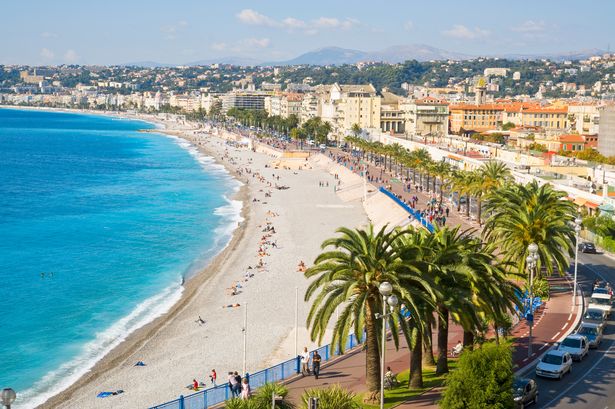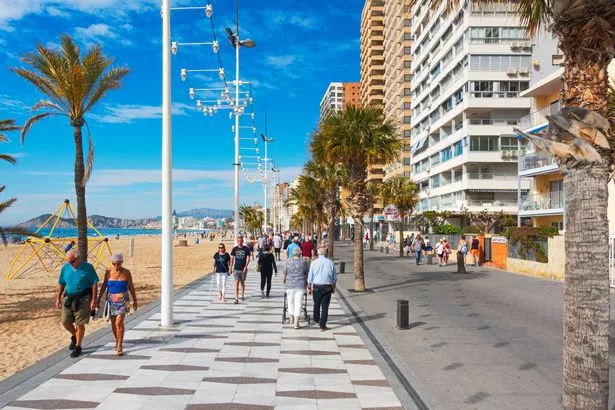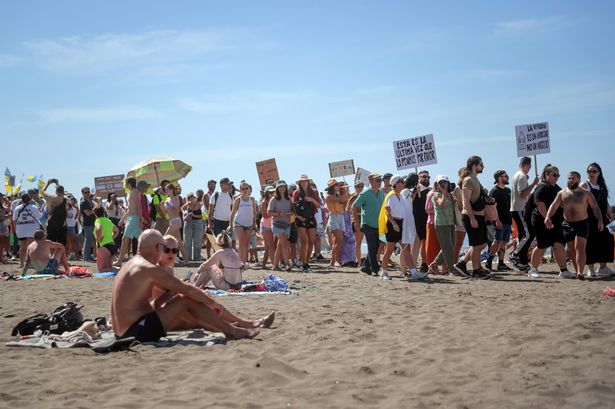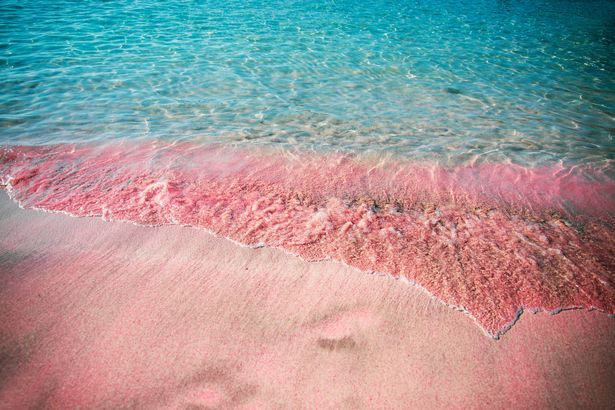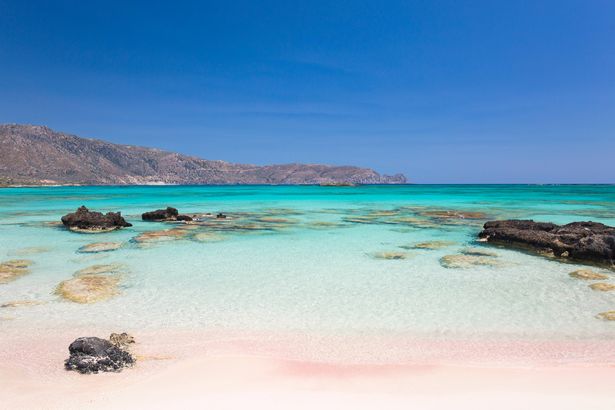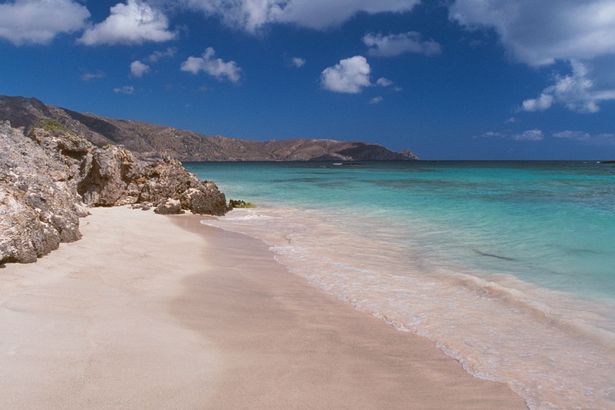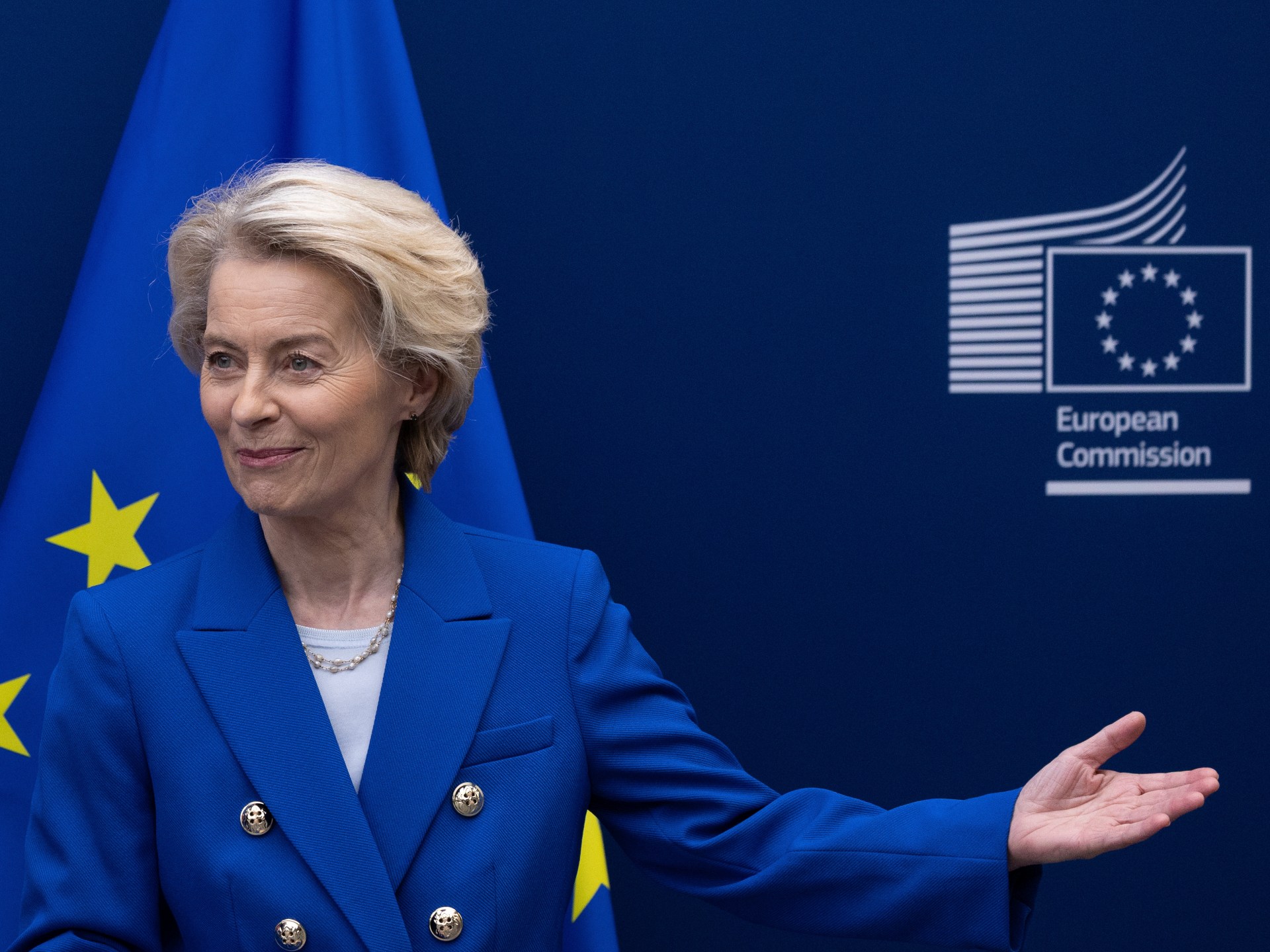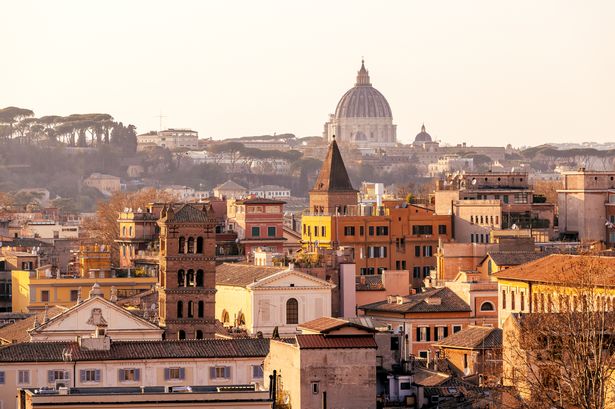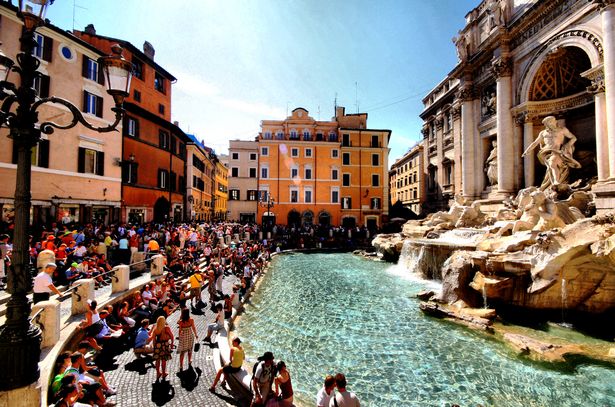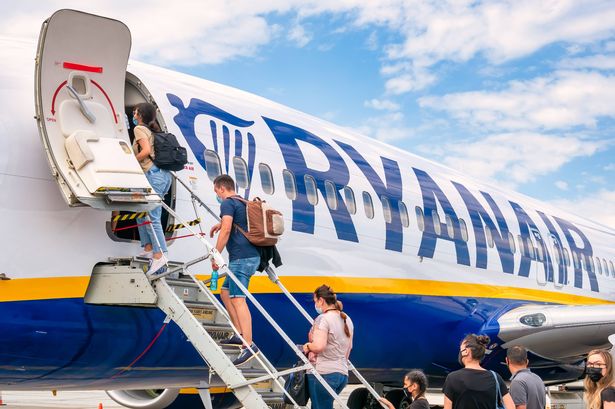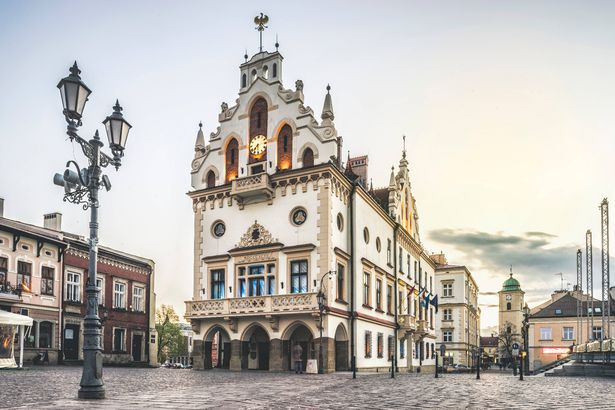Travellers who use a prohibited item in popular holiday destinations could face fines of up to £1,700, as tighter restrictions are enforced in more European locations, including on their beaches
British holidaymakers could face fines of up to £1,700 this summer if they’re caught on the beach with one prohibited item. The restrictions will come into force from July 1 in France, while other popular tourist destinations like Spain and Italy have already introduced the ban.
Across Great Britain, there are approximately 5.6 million vapers, according to data from Action on Smoking and Health (ASH), with many taking up the habit in a bid to quit smoking. While we’re used to people publicly and legally vaping, Brits jetting off abroad could unwittingly incur hefty fines on beaches where vaping is banned.
Many European countries, such as France, Barcelona, and Benidorm, are enforcing stricter vaping regulations, which can result in severe penalties for tourists. These are the vaping regulations you need to be made aware of before your summer getaway…
READ MORE: Brits warned of travel chaos as European airport hit by 10th walkout in 45 days
France
From July 1, France will prohibit smoking in outdoor areas frequented by children, including beaches, parks, schools, bus stops, and sports venues. This is part of a wider initiative that started in 2011 with a beach ban and has since broadened.
Those caught breaking these laws could face fines of up to €135 (£115).
Spain
Spain has been notably active in broadening its smoke-free areas, often treating vaping on par with smoking. In 2024, the Spanish Medical Association unveiled new anti-smoking regulations that also encompass vaping in public spaces such as beaches and restaurant terraces.
Several well-known Spanish beaches where vaping prohibitions are now in effect include L’Albir Beach in Alicante, Levante and Poniente Beaches in Benidorm, Barceloneta, Nova Icaria, and Bogatell in Barcelona, and Malvarrosa Beach in Valencia. If caught breaking the law, travellers could face penalties up to €2,000, equivalent to £1,700.
Greece
In December 2024, EU Health Ministers greenlit stricter anti-smoking measures in Greece, incorporating a ban on vaping in outdoor areas like beaches. If caught, fines can escalate up to €500, equivalent to £420.
Italy
In Italy, regulations vary by town or district. In 2019, Bibione in Veneto introduced a beach smoking ban, which was subsequently adopted by other seaside towns. Major cities like Milan have also enforced bans on vaping in crowded outdoor areas, with fines ranging from €40 (£33) to €240 (£200) for offenders.
Portugal
Portugal has put into effect vaping restrictions on beaches, but the rules can differ by region, so holidaymakers should verify local regulations before visiting.
Offering advice before jetting away, Dan Marchant, Director of Vape Club (www.vapeclub.co.uk), said: “As vaping regulations continue to change, it’s important for travellers to stay up to date with the local laws to avoid any unexpected fines or more serious consequences. Always check local legislation before you travel.
“This can be done through the foreign office website or the customs department of the country you’re visiting. Some countries have strict rules not only about where you can vape, but also whether you can bring your vaping device into the country at all. It’s worth doing a bit of research ahead of time to avoid issues at the border or during your stay.
“In some destinations, buying vaping supplies may be difficult and possibly even illegal. If it is allowed, bring what you need – but we would advise you to double-check import limits. If you are travelling to a vaping-friendly destination by plane, remember to pack your batteries and vaping devices in your carry-on luggage. This ensures they remain in a pressure-controlled environment, as they’re not allowed in checked baggage.”
READ MORE: Health app helped woman drop four stone in weight without giving up ice cream

